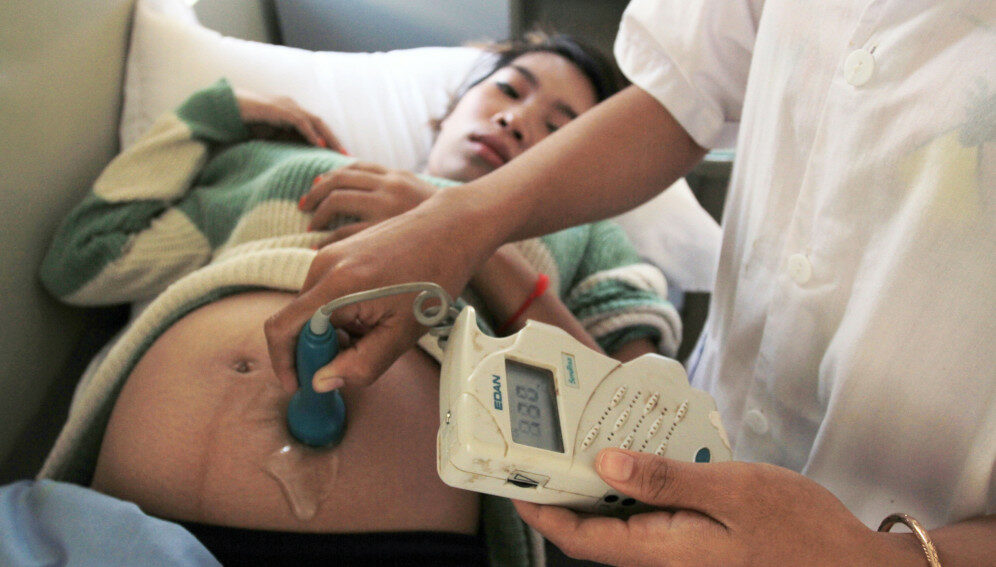The technique could help prevent infections in the millions of pounds of farmed catfish raised for human consumption
:focal(1024x731:1025x732)/https://tf-cmsv2-smithsonianmag-media.s3.amazonaws.com/filer_public/d2/a4/d2a48a71-e420-4bf4-928f-bf2cbe46504b/52278758658_3d0213a705_k.jpg)
Americans have a big appetite for catfish: In 2021, fish farms in the United States produced an estimated 307 million pounds of the creatures for human consumption. But aquaculture is complicated by infections and diseases, which kill millions of farmed fish year after year.
Now, researchers say they’ve devised a creative solution to this problem: injecting alligator DNA into farm-raised catfish to make the fish more resistant to disease.
As Greg Garrison writes for AL.com, this innovation “sounds like the start of a Southern gothic horror thriller.” But the scientists spearheading the initiative insist the public has nothing to be afraid of.
In initial tests, the addition of alligator genes did seem to make catfish more impervious to infection. In the future, this could theoretically help minimize the environmental impact of fish farming, decrease waste and make the process overall less resource intensive. And, experts say, diners likely wouldn’t notice a difference when chowing down on genetically modified catfish.
“I would eat it in a heartbeat,” says Rex Dunham, an aquaculture scientist at Auburn University who worked on the project, to MIT Technology Review’s Jessica Hamzelou.
Their work has not yet been peer-reviewed, but the scientists have published a paper describing their findings on the online preprint server bioRxiv.
Alligators have a gene that helps them produce an antimicrobial protein called cathelicidin. Scientists say cathelicidin helps prevent infections from developing in the wounds alligators sustain while fighting with each other.
The catfish researchers wondered whether this same gene might also be able to help catfish ward off disease. To find out, they used the CRISPR gene-editing tool to insert the alligator gene that contains a blueprint for cathelicidin into the genomes of catfish.
The researchers also made a strategic decision about exactly where to inject the gene into the catfish’s genomes. They didn’t want the genetically modified catfish to be able to reproduce, because if they escaped or were released into nature for some reason, they could potentially outcompete wild catfish and set off a chain reaction that might harm the species and its ecosystem.
They decided to inject the alligator gene into the part of the catfish genome that regulates a hormone the fish need to be able to spawn. This sterilized the genetically modified fish.
To test the animals’ resistance to disease, the researchers exposed both gene-edited and unaltered catfish to two types of bacteria that can cause infections. The genetically modified fish survived at rates that were two to five times higher than their unedited counterparts, the findings suggest.
But gene editing may not be a fix-all for farmed catfish. The technique is not straightforward or easy, and scientists would likely need to repeat it for each new round of fish. Beyond that, the Auburn researchers would need to go through the lengthy and arduous process of getting the genetically modified catfish approved for human consumption by the U.S. Food and Drug Administration. They may also have an uphill battle convincing consumers to eat transgenic fish.
“I’m sure you’ll have people that fully expect that catfish to have a big, long mouth with pointy teeth to bite them,” says Greg Lutz, an aquaculture researcher at Louisiana State University who was not involved with the project, to MIT Technology Review.
Still, scientists like Lutz say the idea shows promise. And whether or not genetically modified catfish ever end up on humans’ dinner plates, the findings represent a “breakthrough in aquaculture genetics” research, the scientists write in the paper. Last year, researchers at Auburn mapped the genome of the blue catfish for the first time.
Beyond catfish, scientists have used gene-editing technologies to try to improve strawberries, treat a rare disease called transthyretin amyloidosis, treat cancer and, controversially, alter the genomes of babies.





